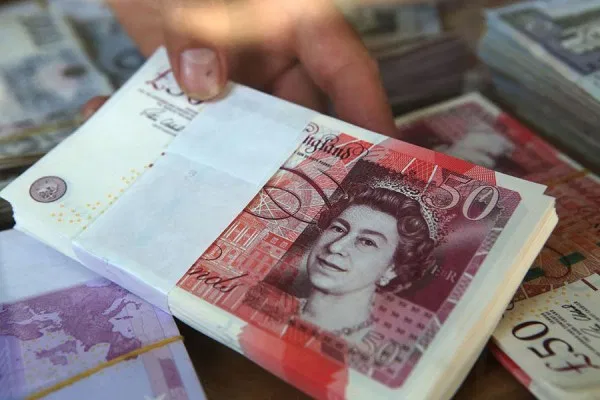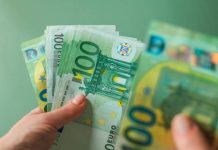The market responded negatively after British Prime Minister, Boris Johnson was admitted into the Intensive Care Unit yesterday due to complications from Coronavirus.
According to reports from Downing Street, Boris Johnson’s intensive care admission was a precautionary measure. However, the country’s currency markets were not quite as hopeful.
This is because just ten minutes after the report, the British Pounds had dropped by about 0.4%. But by Tuesday morning (7.30 am Nigerian time), the Pound regained some of its losses.
The British Prime Minister was diagnosed with COVID-19 about 10 days ago. But until yesterday, he had been performing his duties from isolation without difficulties.
Over the weekend, it was reported that he had been taken to the hospital due to persistent symptoms of COVID-19.
Despite this, the currency market was not so unsettled by the turn of these events. The British pound sterling started with its biggest daily gap drop since November 2018, but the move hardly had high price swings relative to the surrounding volatility of the past two months.
Currently, the key level for the British pound is the 20 Exponential Moving Average below 1.2300. If the currency manages to stay below the 20 Exponential Moving Average, the British pound sterling will continue its bearish trend.
This predictive analysis will require some American dollar strength against a broad basket of currencies. The current optimism in the currency markets is a bearish stimulant for the U.S dollar. However, if the British pound sterling stays below the 20 Exponential Moving Average, it will be able to move towards the next major support level at 1.2000.
On the bullish bias, the main resistance for GBP/USD is located at the 50 Exponential Moving Average below the 1.2500 level. In addition, if this resistance level is broken, the pair will have good chances to return to the level at 1.2750.
Source: Nairametrics














